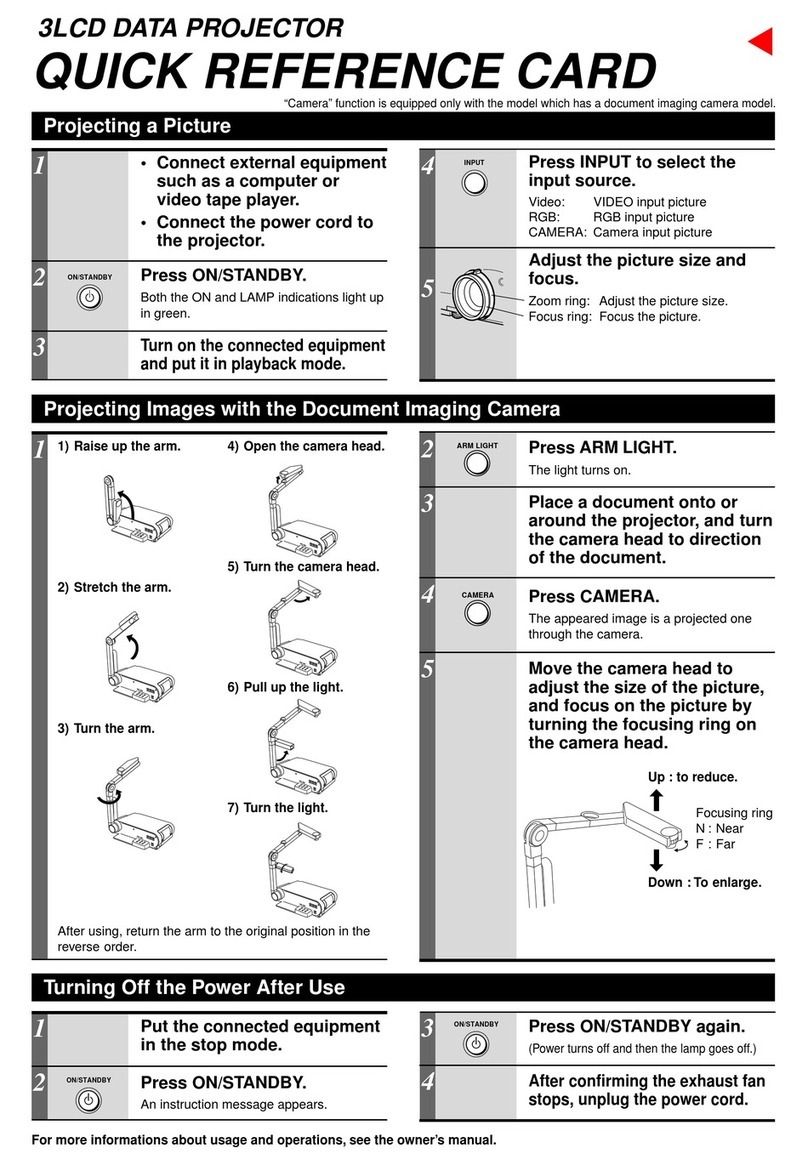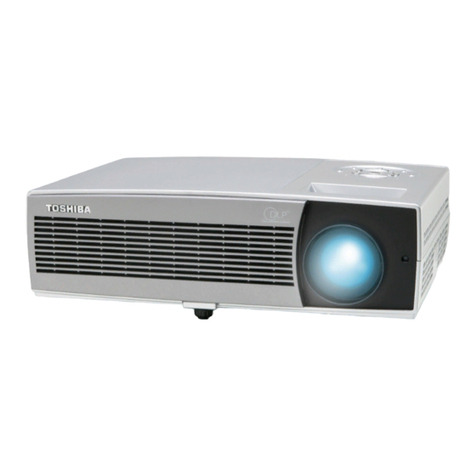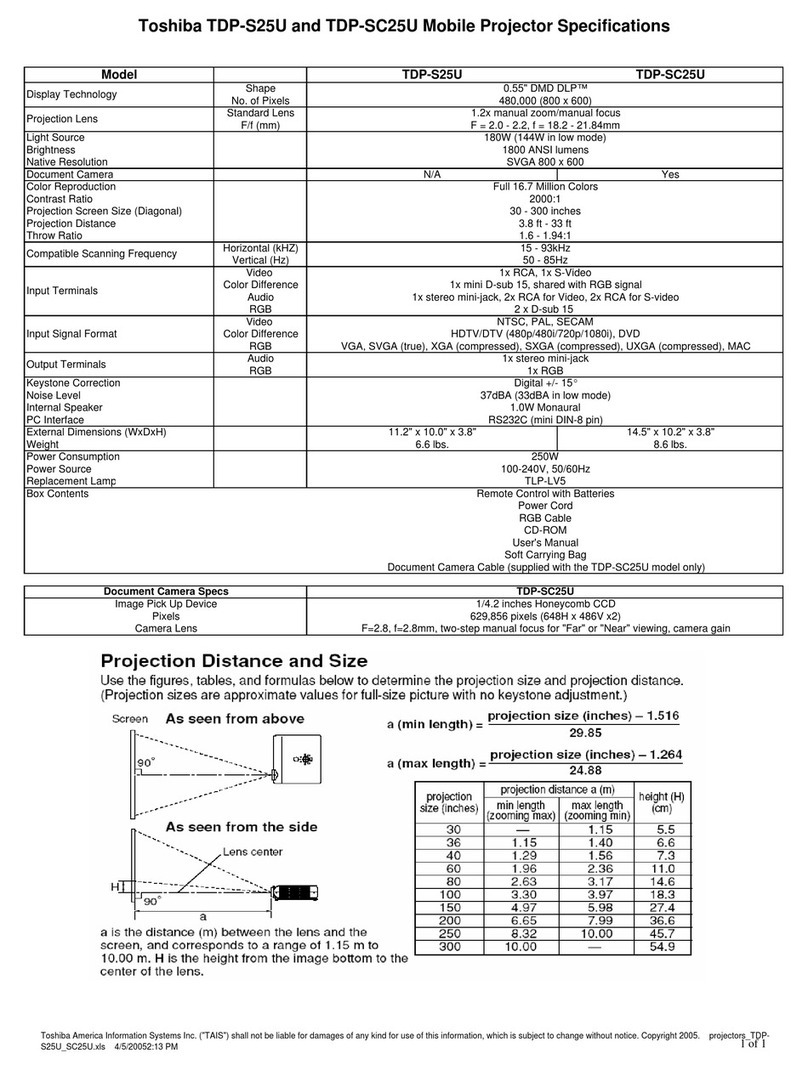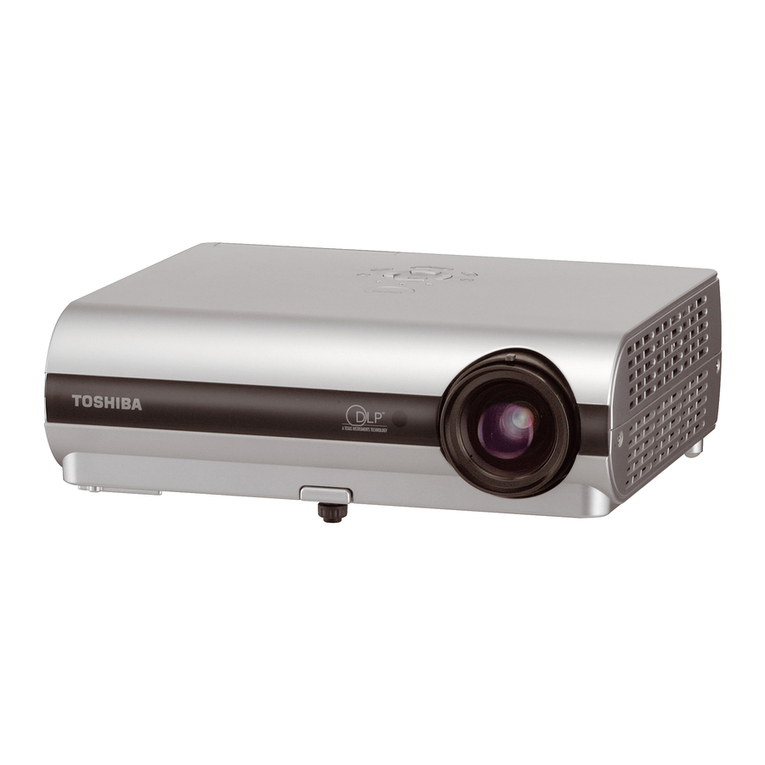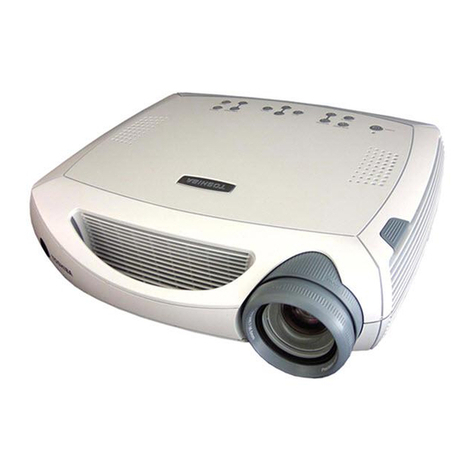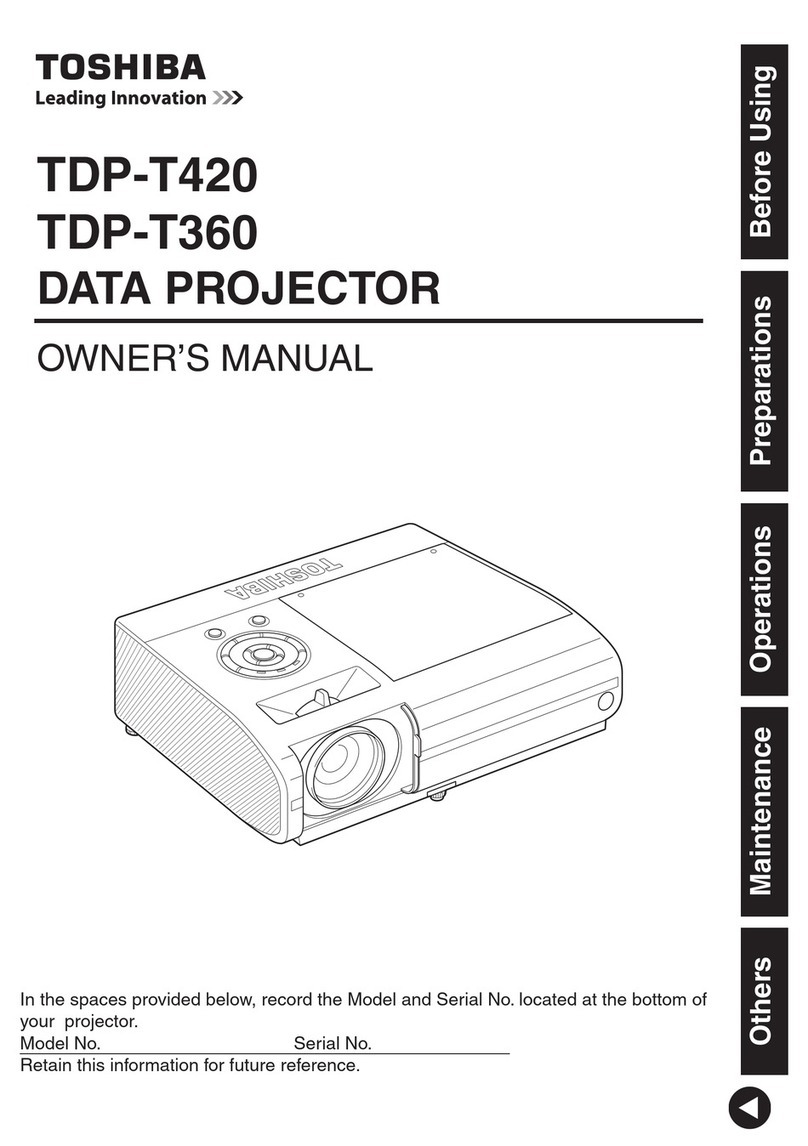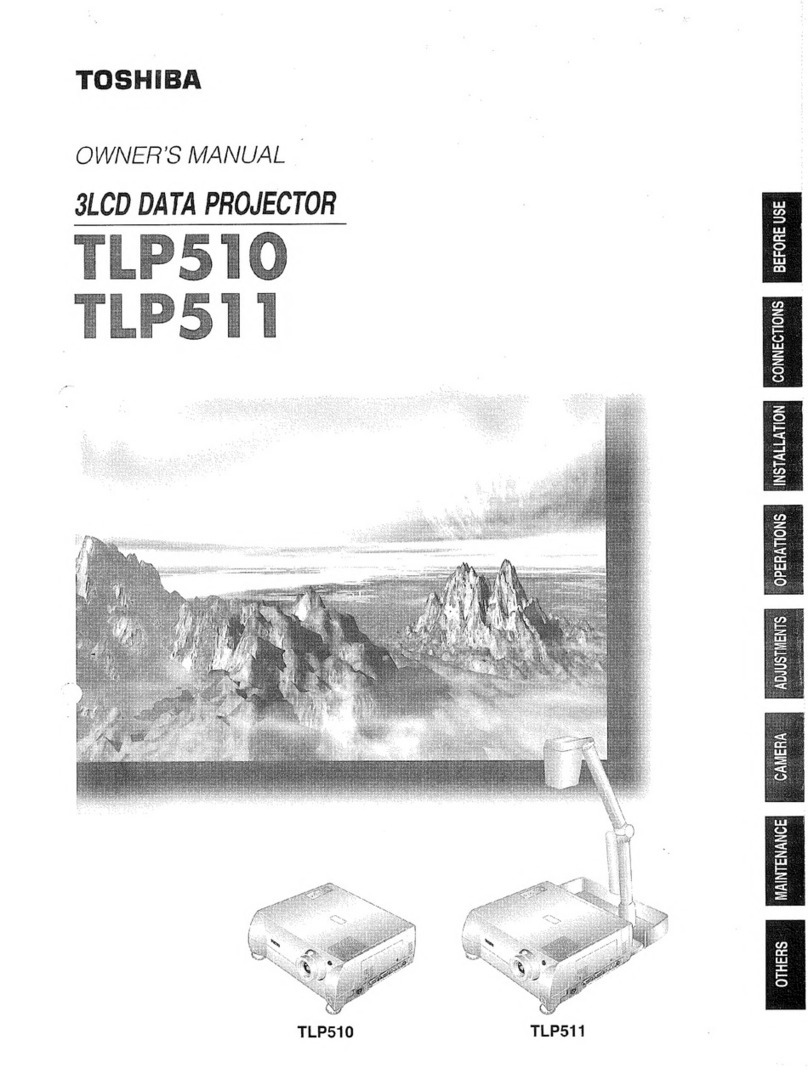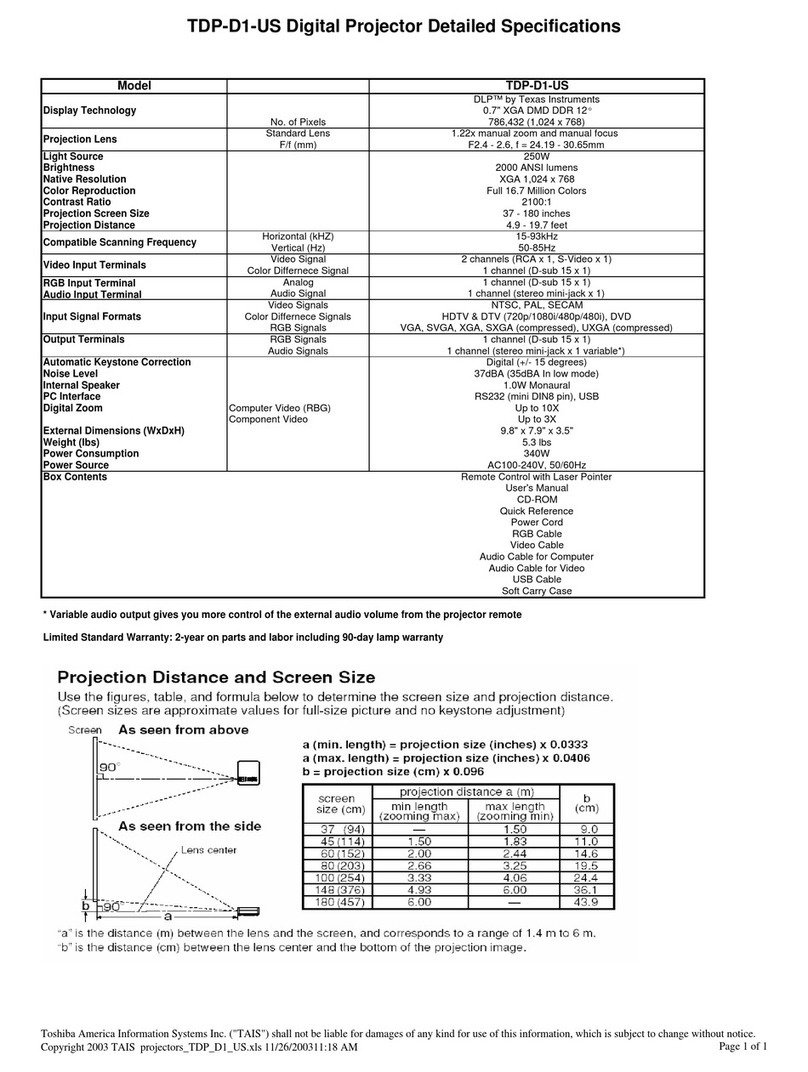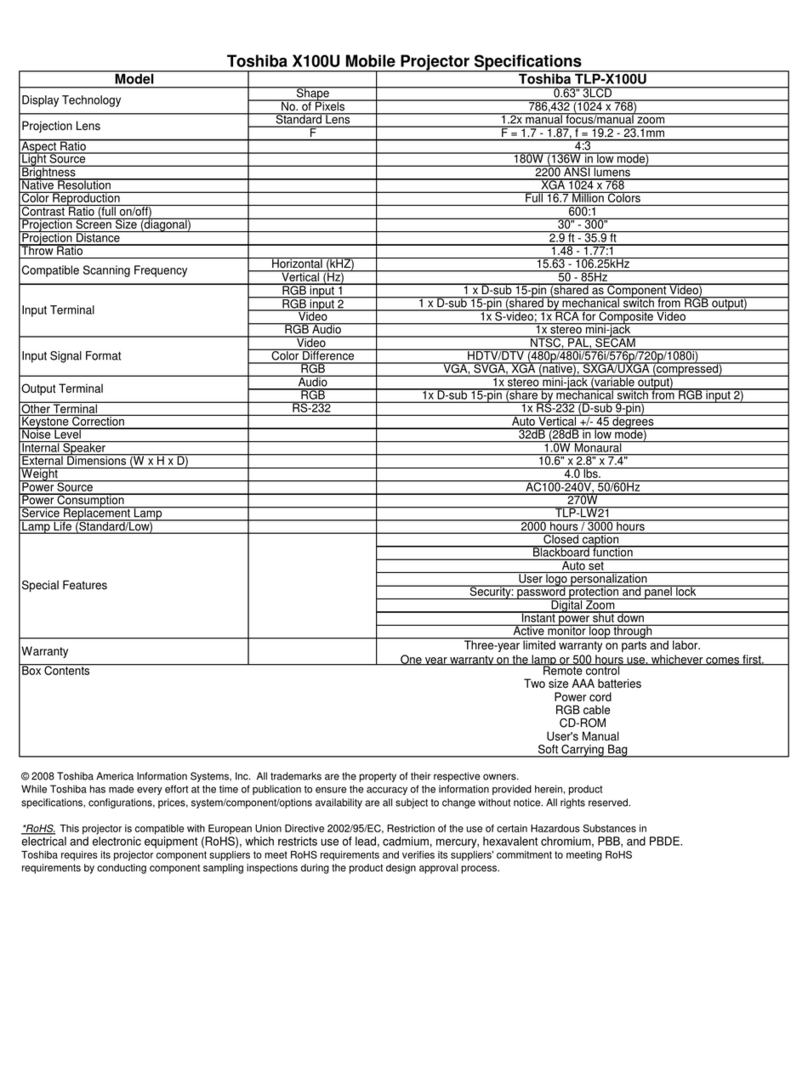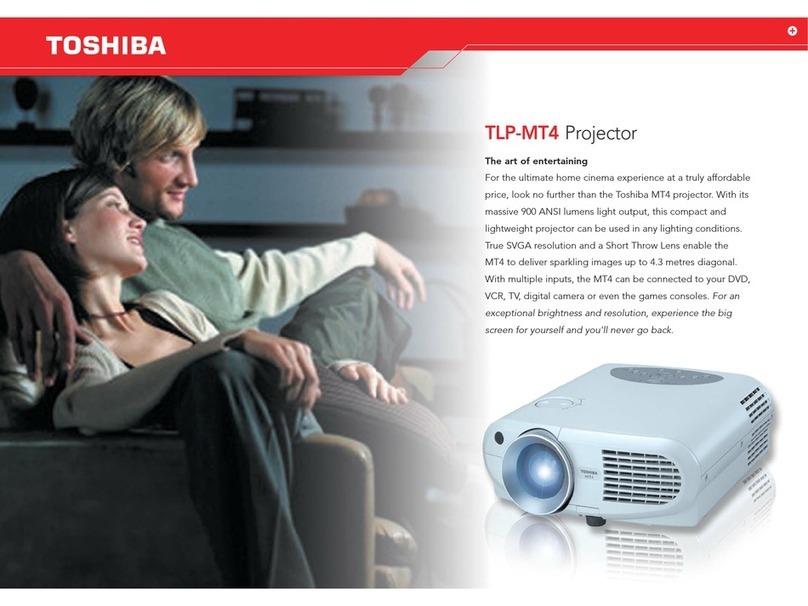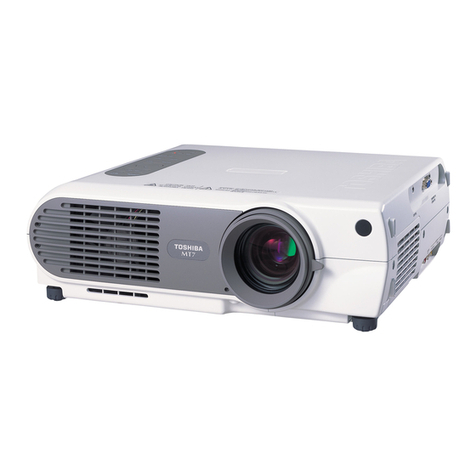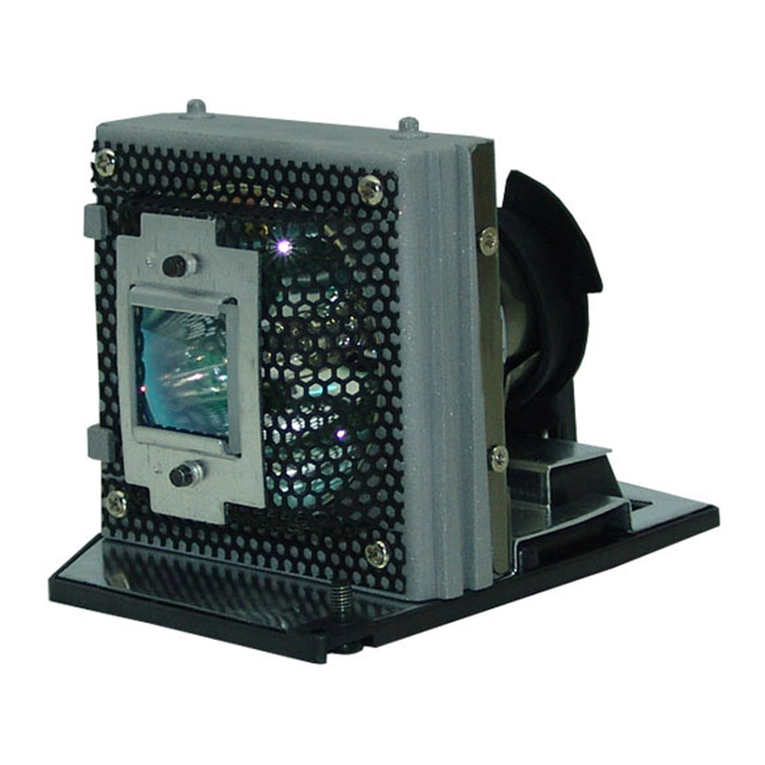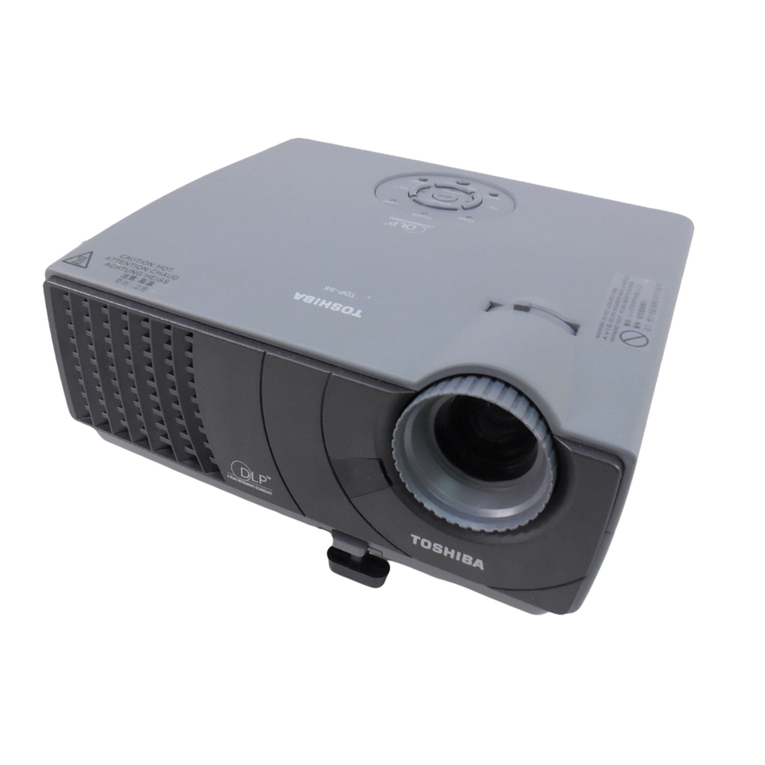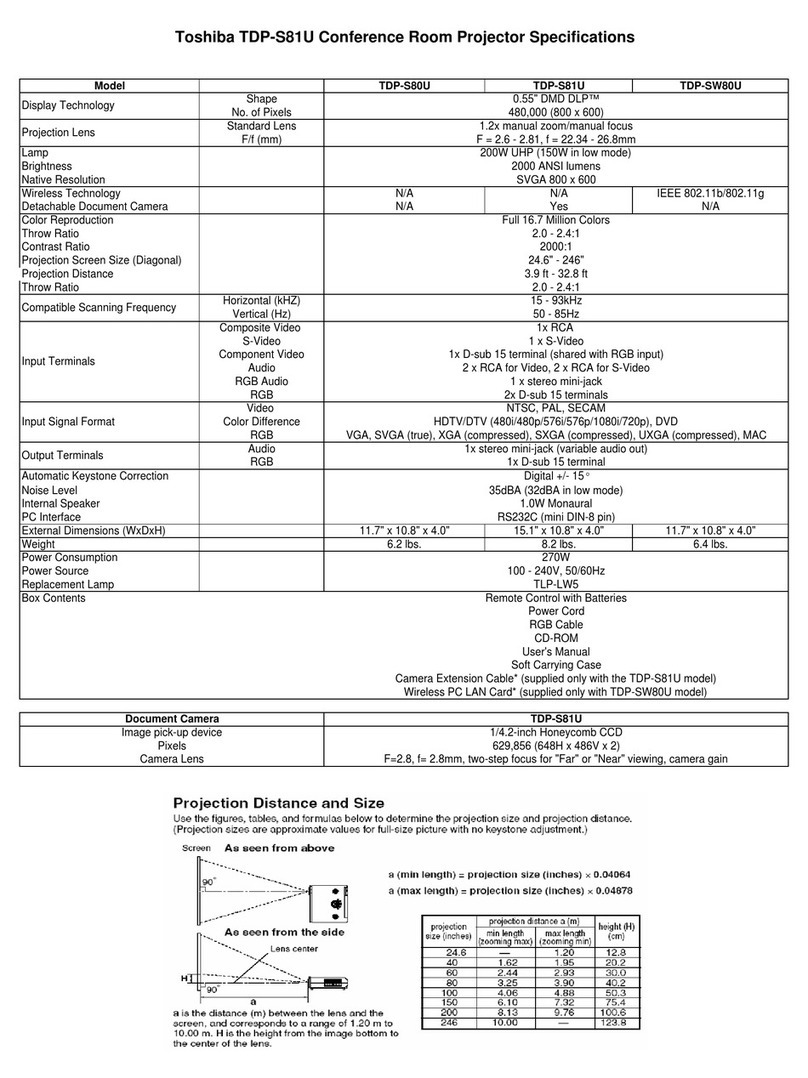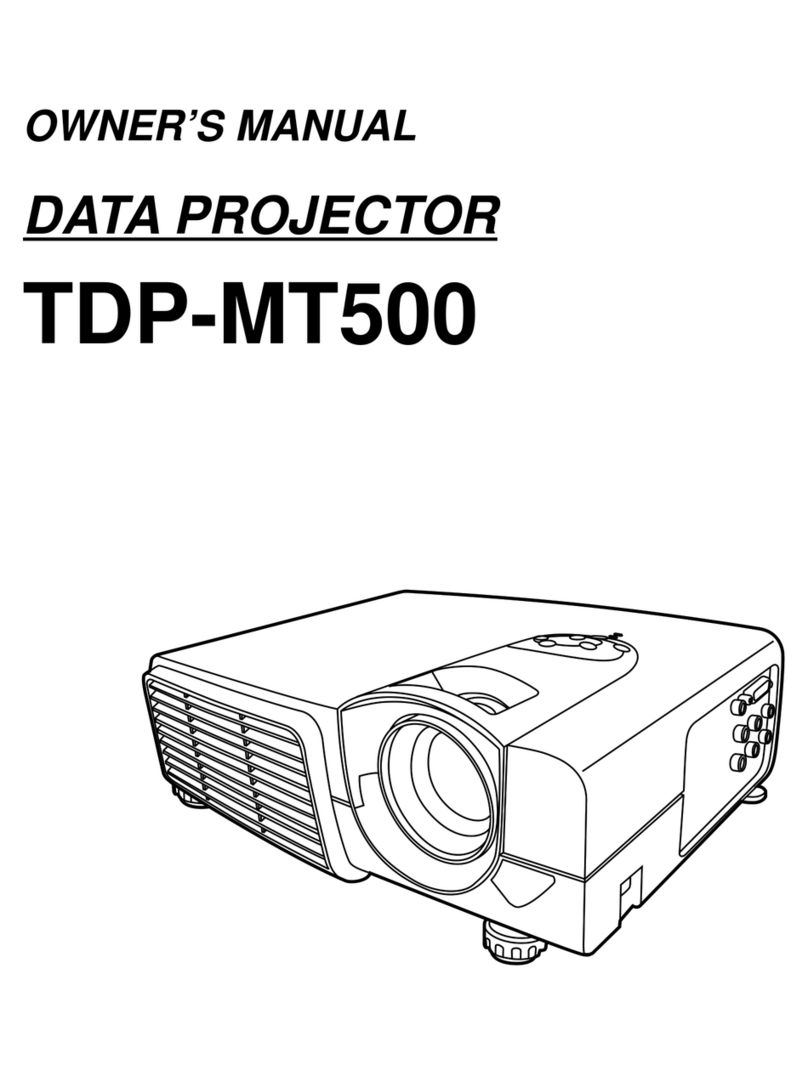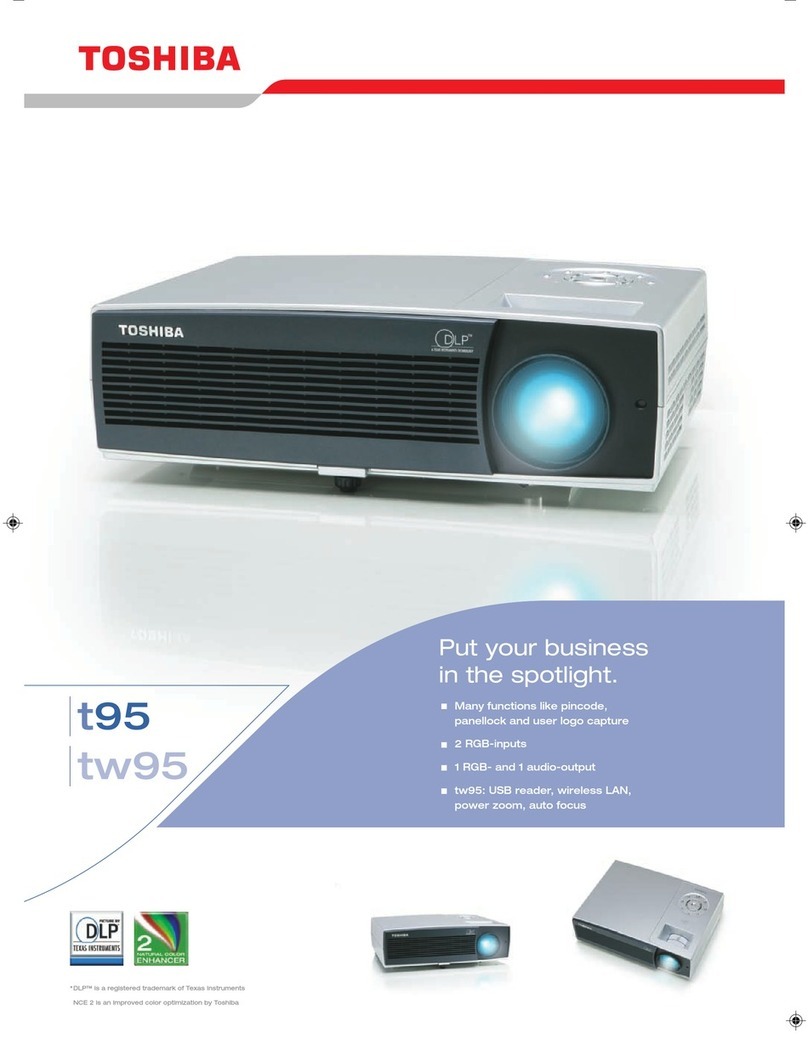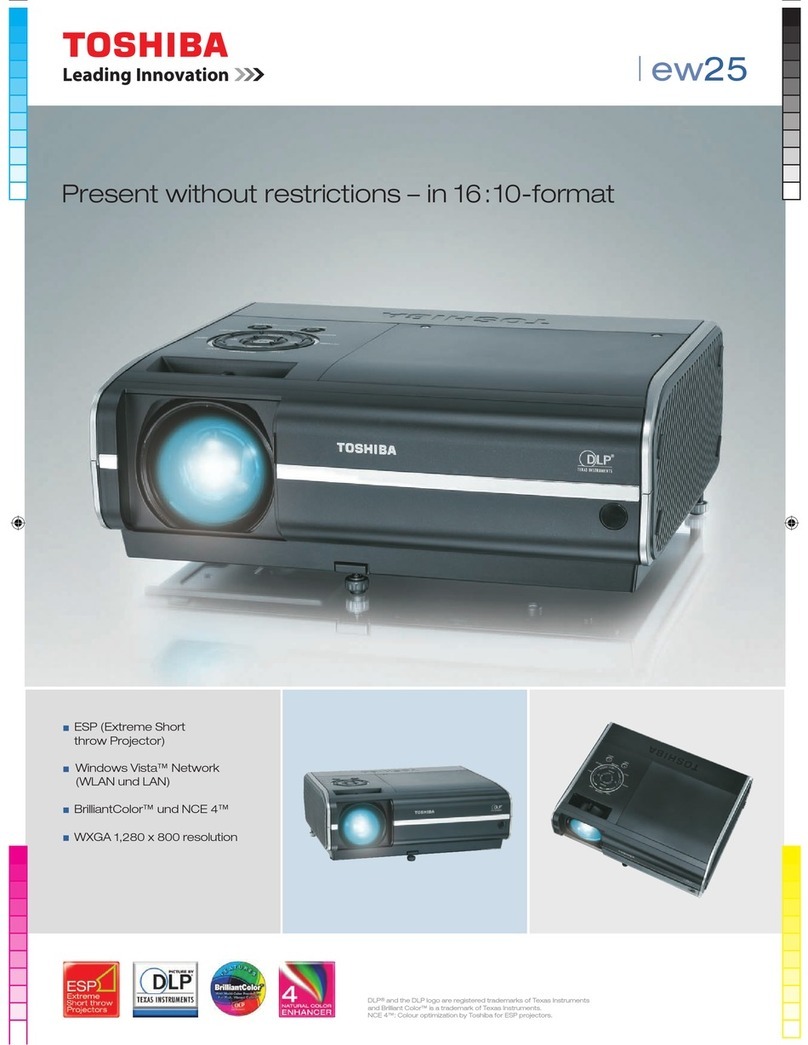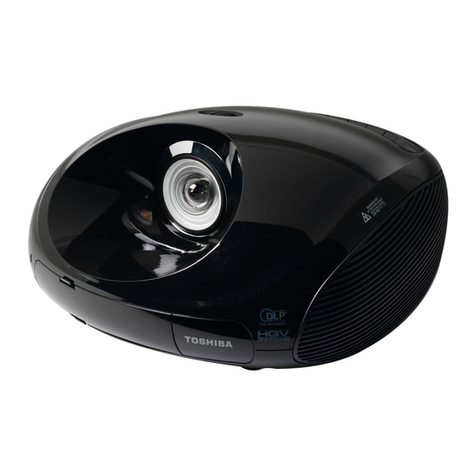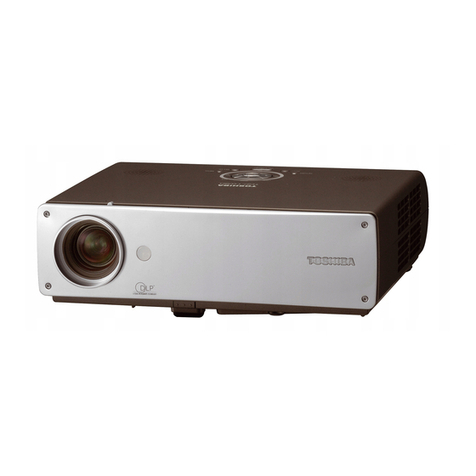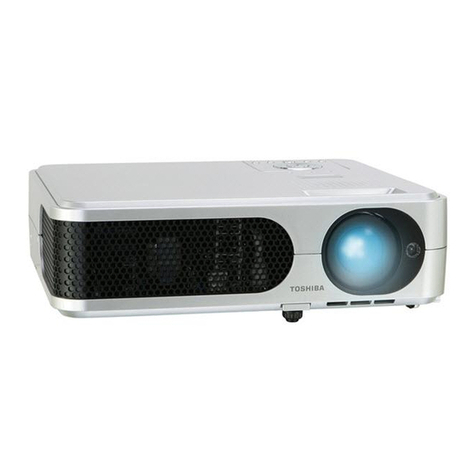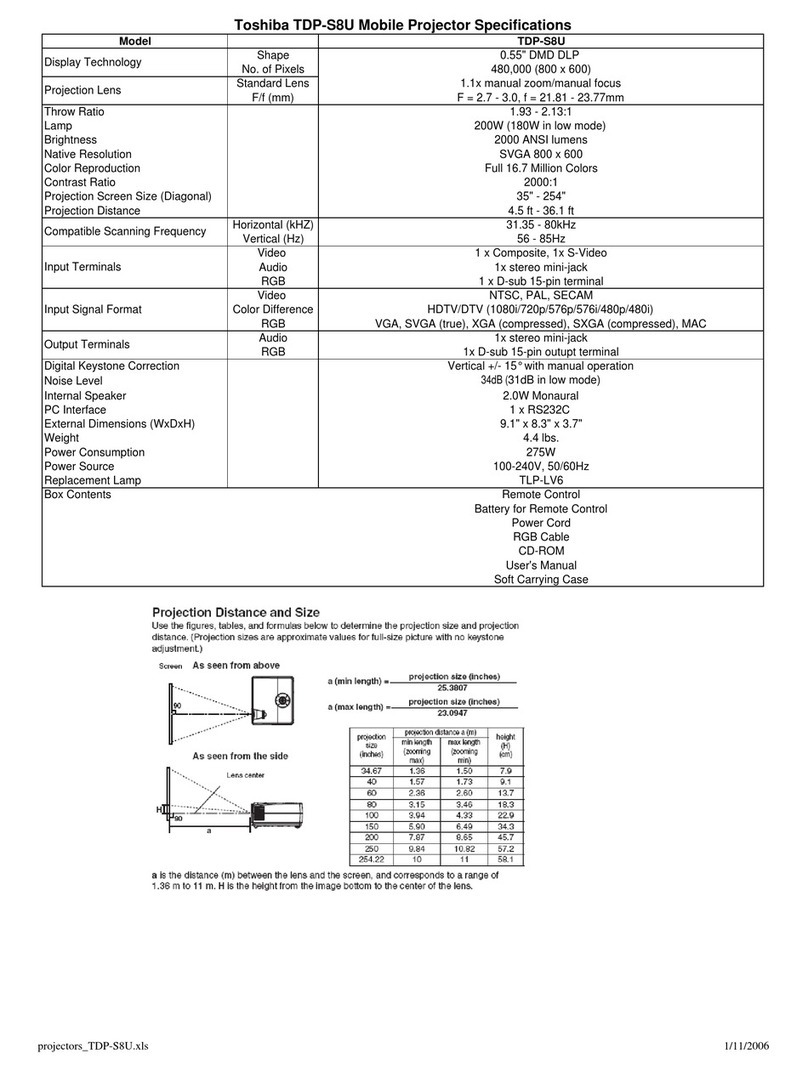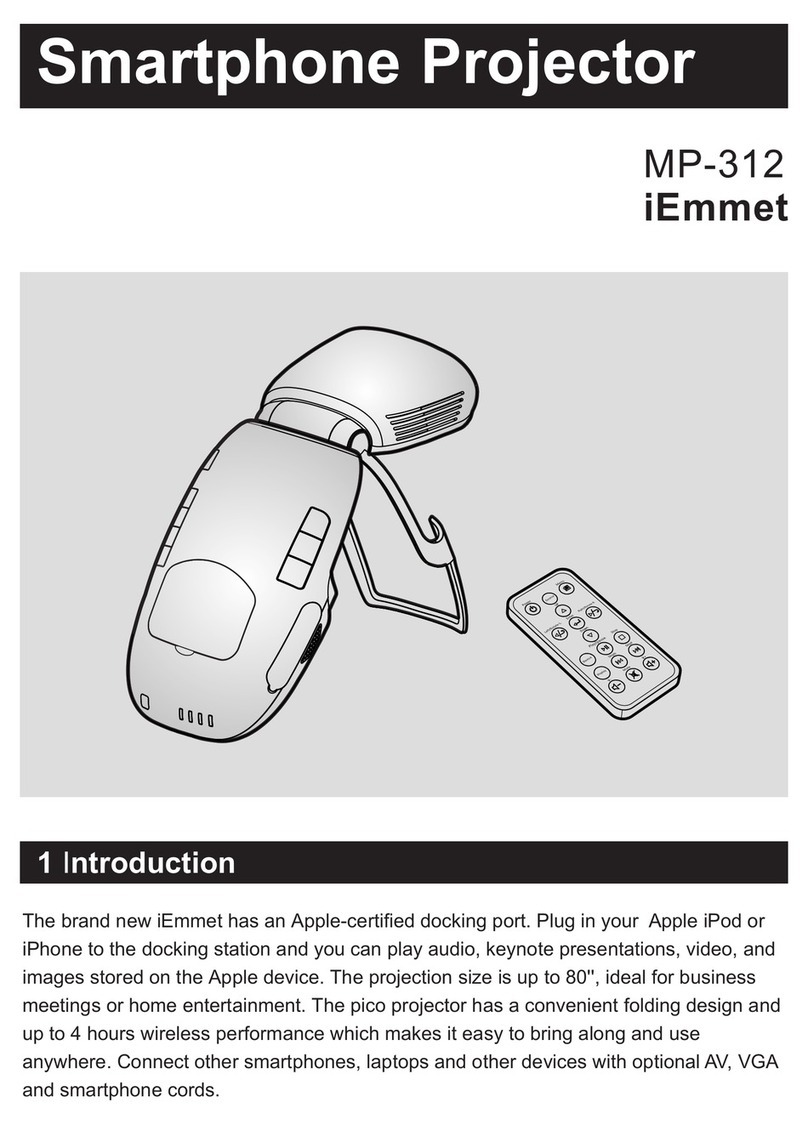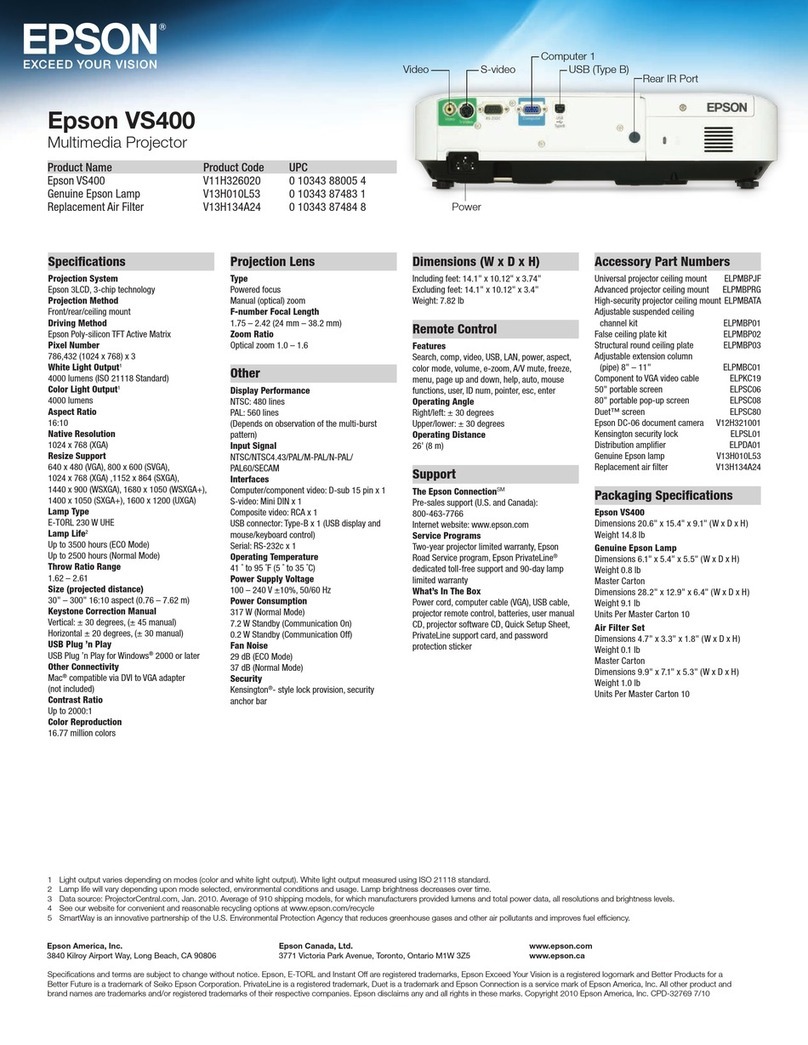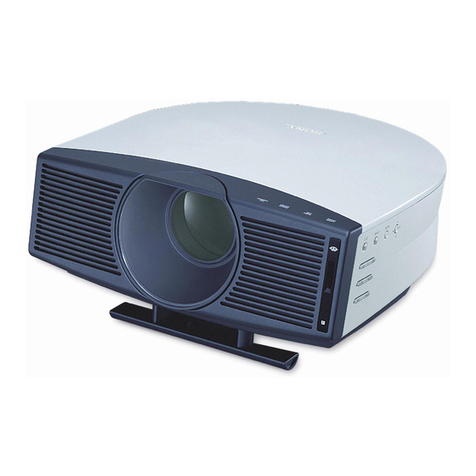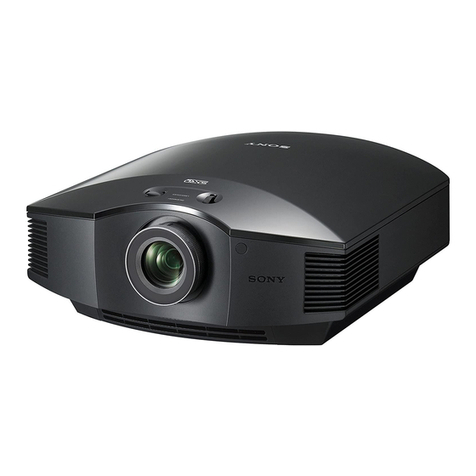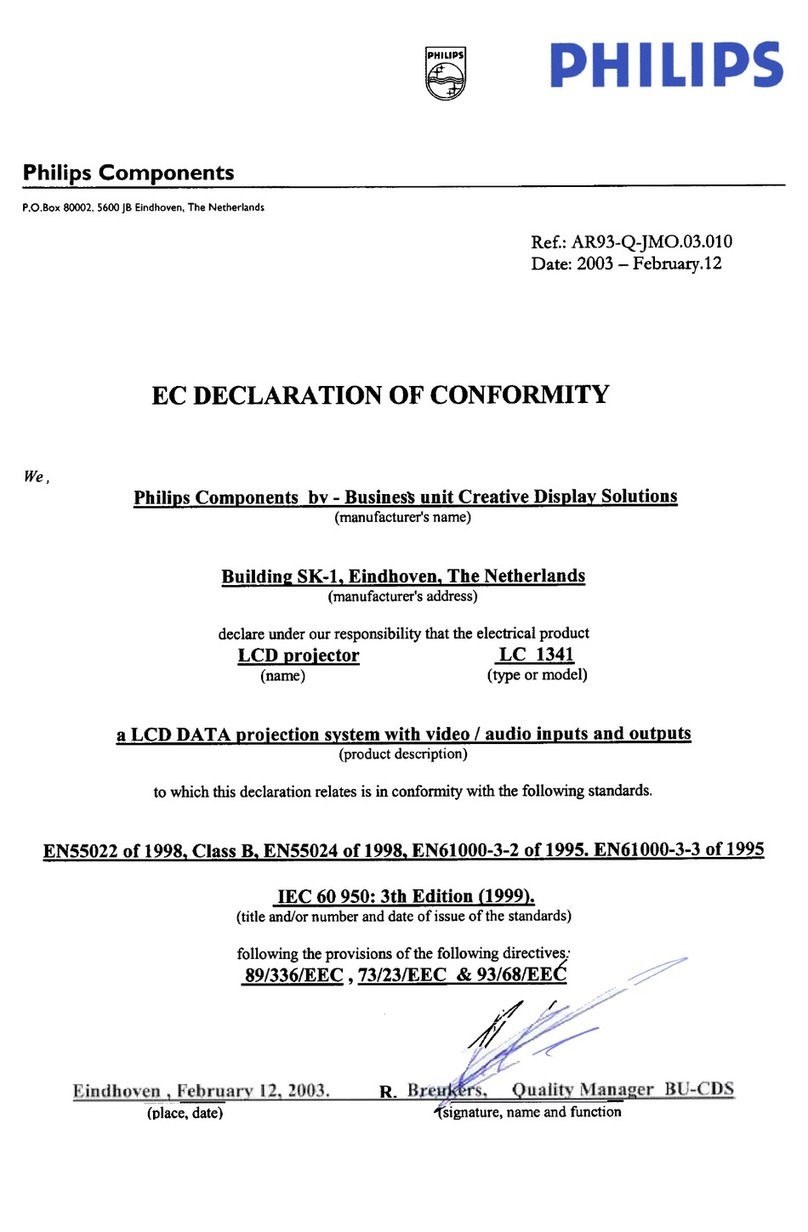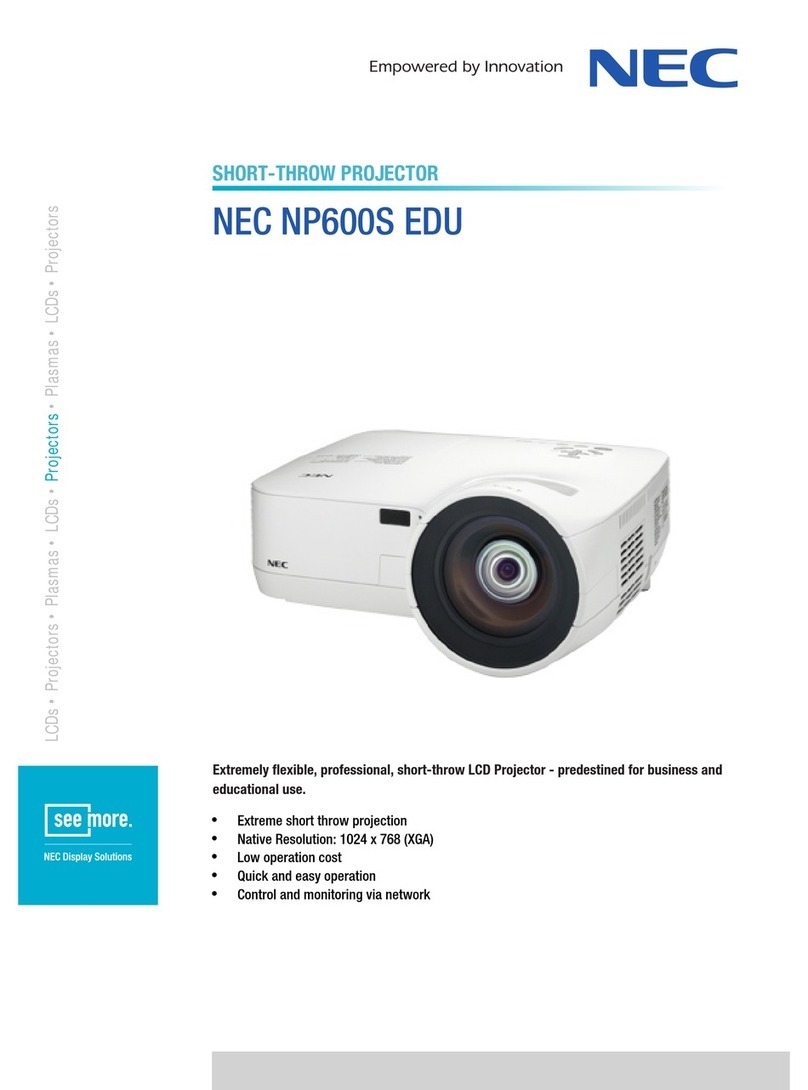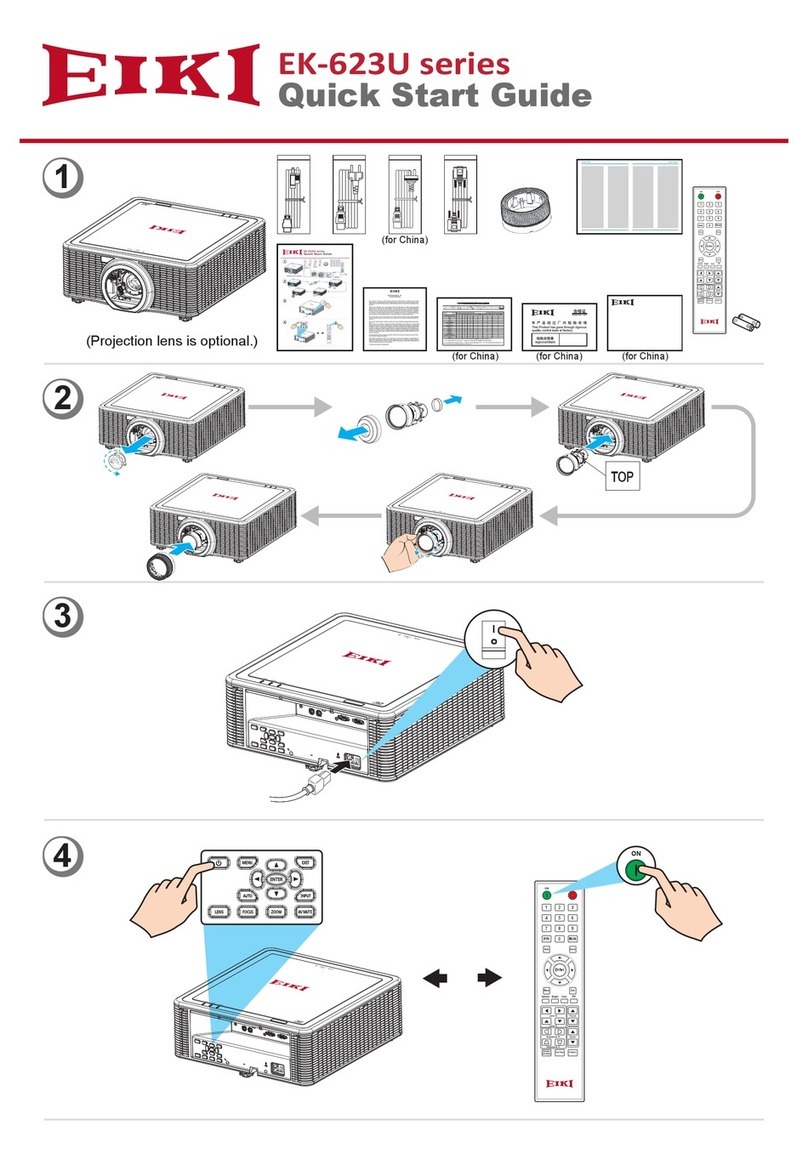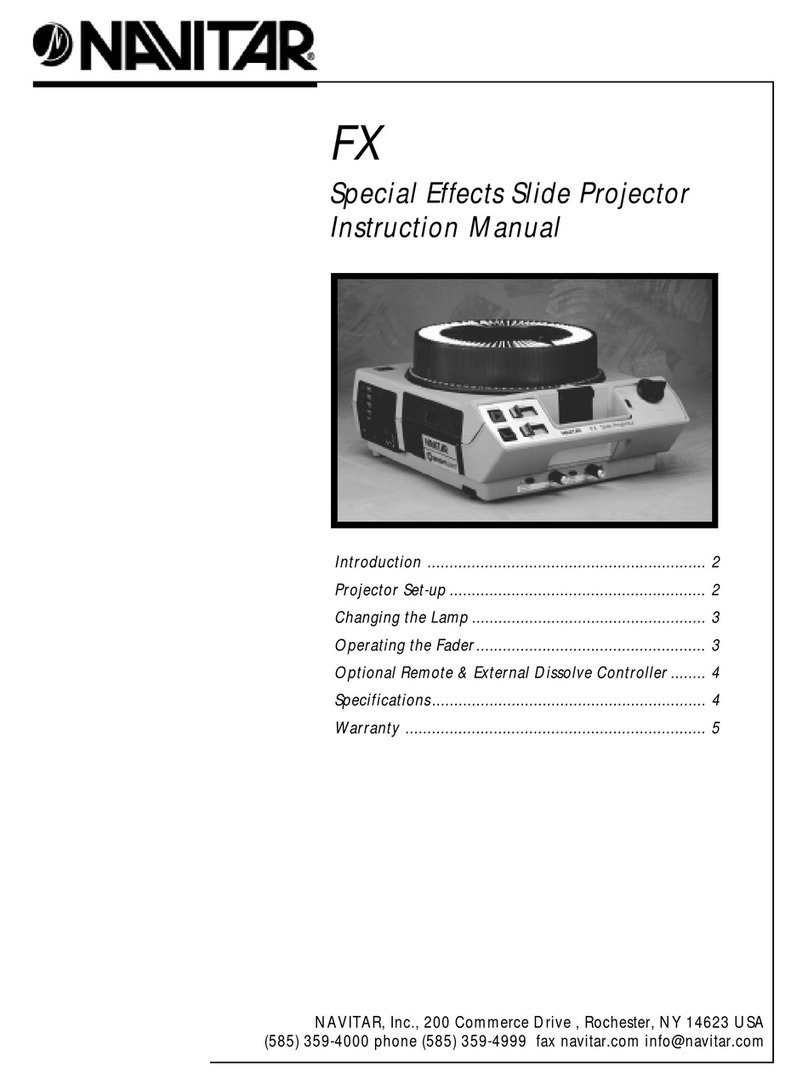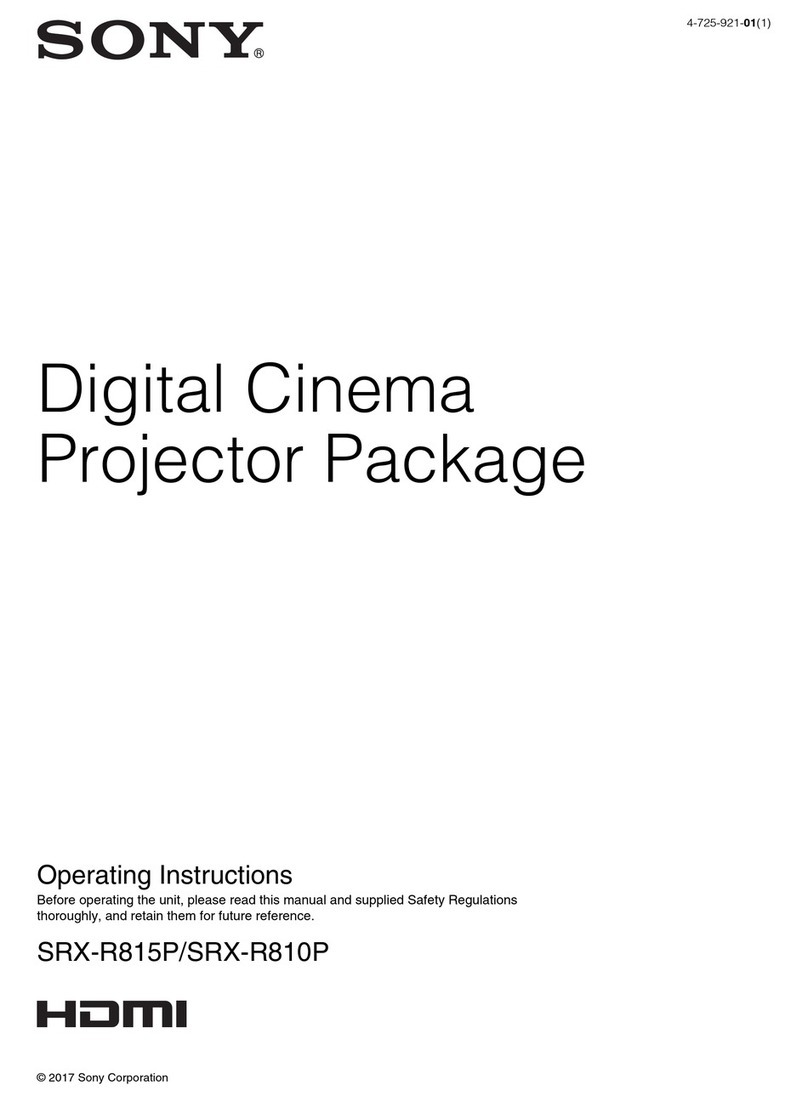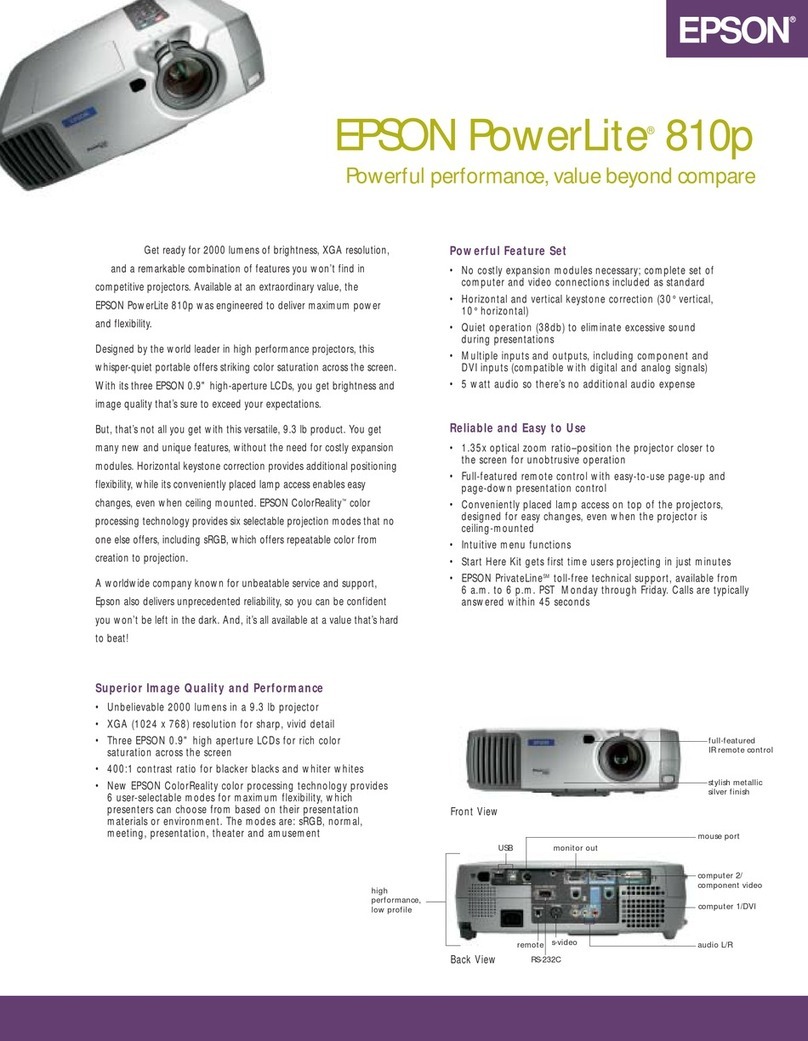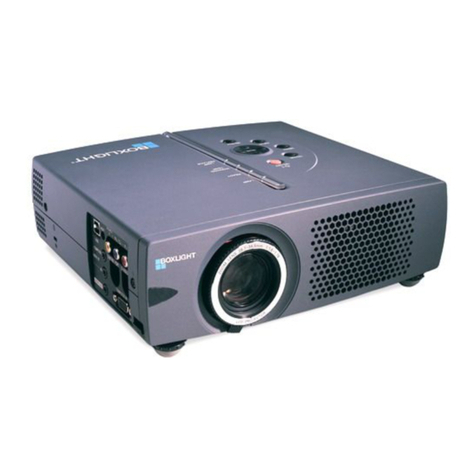ii
SECTION VI
DIGITAL CIRCUIT............... 6-1
1. DIGITAL CIRCUIT
OPERATION ....................................6-2
1-1. Display Mode ............................................. 6-2
1-2. RGB Signal Input...................................... 6-3
1-3. NTSC Signal Input.................................... 6-4
1-4. PAL/SECAM Signal Input ....................... 6-4
2. CIRCUIT DESCRIPTION..............6-5
2-1. Clamp Circuit ............................................ 6-5
2-2. A/D Converter............................................ 6-5
2-3. Memory ...................................................... 6-7
2-4. PLD Circuit................................................ 6-9
2-5. D/A Converter.......................................... 6-11
2-6. Memory Control and
Sync Process IC ....................................... 6-13
2-7. PLL Circuit (1) ........................................ 6-14
2-8. PLL Circuit (2) ........................................ 6-15
2-9. Liquid Crystal Panel Timing
Generation Circuit .................................. 6-17
2-10. On-screen Character
Generation Circuit ............................... 6-23
SECTION VII
VIDEO SIGNAL PROCESS
CIRCUIT................................. 7-1
1. OUTLINE .........................................7-2
1-1. Circuit Configuration................................ 7-2
1-2. Video Signal Demodulation Block........... 7-2
1-3. RGB Signal Amplification
Circuit Block.............................................. 7-2
1-4. Audio Signal Amplification Block ........... 7-2
2. INPUT/OUTPUT SIGNAL
SWITCH CIRCUIT .........................7-3
2-1. Audio/Video Signal Switch Circuit.......... 7-3
2-2. Input Signals.............................................. 7-3
3. VIDEO DEMODULATION
BLOCK .............................................7-5
3-1. YC Separation Circuit .............................. 7-5
3-2. Video/Color Circuit ................................... 7-6
3-3. Luminance (Y) Signal Process Circuit .... 7-7
3-4. Color Signal Process Circuit .................... 7-8
3-5. Picture Sharpness Correction Circuit ..... 7-8
3-6. RGB Demodulation................................... 7-9
3-7. Audio Circuit ........................................... 7-11
4. RGB SIGNAL PROCESS
CIRCUIT.........................................7-11
4-1. RGB Signal SW Section ......................... 7-11
4-2. Video/RGB Signal SW Section .............. 7-12
4-3. RGB Signal Amplifier Section ............... 7-12
4-4. Microcomputer Interface........................ 7-13
SECTION VIII
CCD CAMERA CIRCUIT .... 8-1
1. OUTLINE .........................................8-2
1-1. CCD and Drive/Sync Signal
Generation Circuit (SG) ........................... 8-2
1-2. Pre-amp Circuit (CDS) ............................. 8-2
1-3. Video Signal Process Circuit
(PRO, ENC, AWB) .................................... 8-2
1-4. Power Supply Circuit................................ 8-2
SECTION IX
FLUORESCENT LAMP
INVERTER CIRCUIT........... 9-1
1. OPERATING DESCRIPTION .......9-2
2. TROUBLESHOOTING...................9-3
2-1. Fluorescent does not turn on.................... 9-3
3. CIRCUIT DIAGRAM......................9-4
